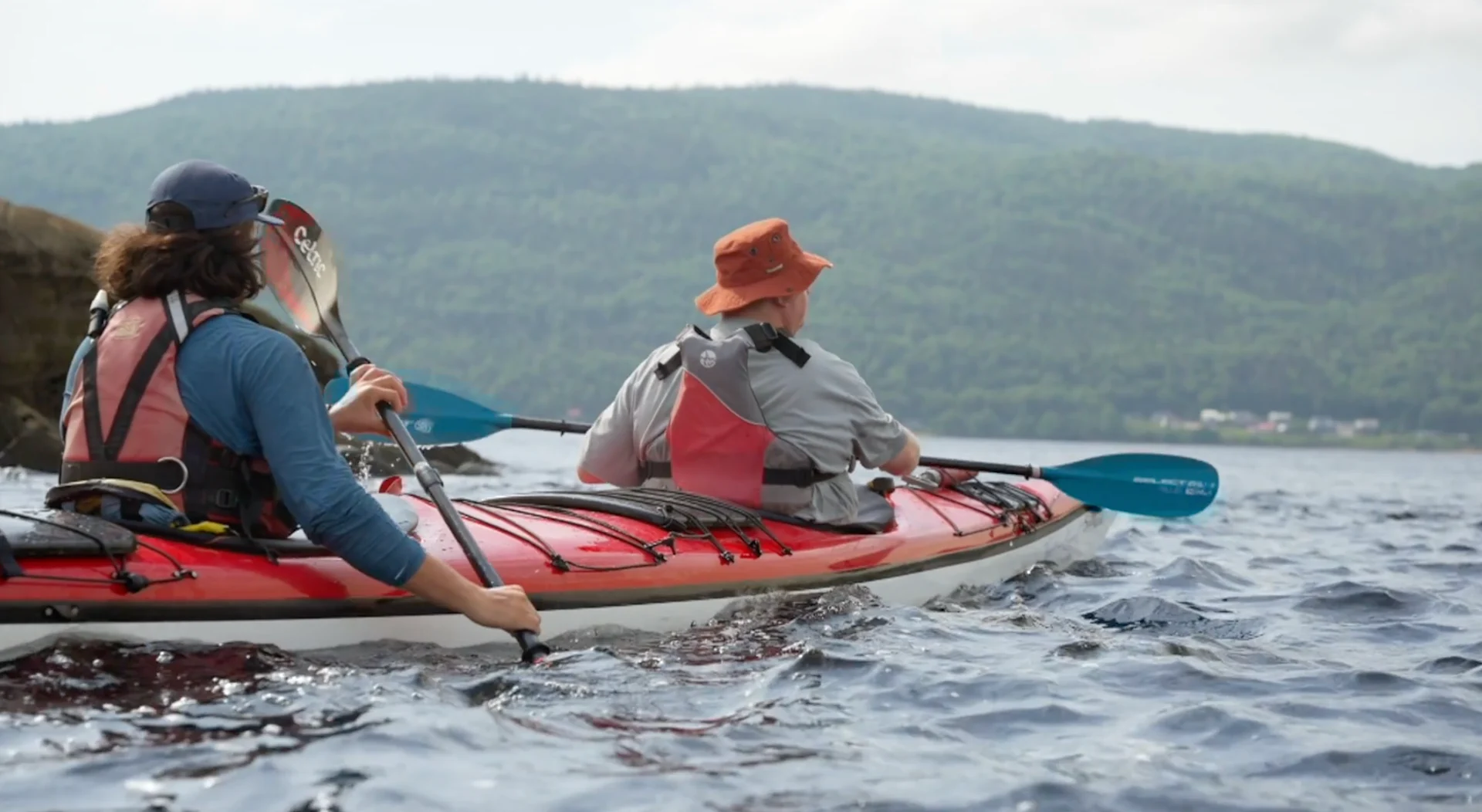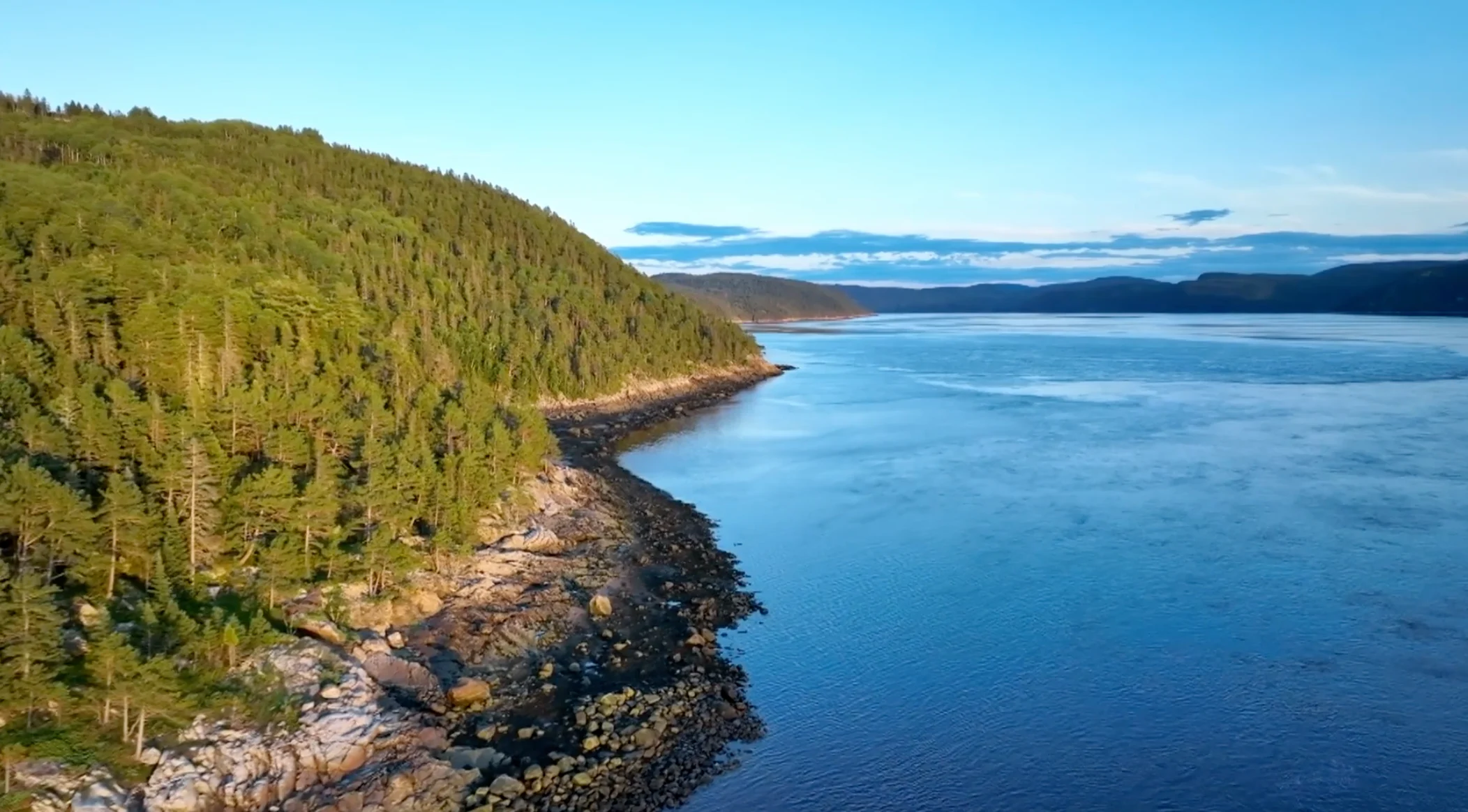
Kayaking on the Fjord: A journey through history and waters
Discover the stunning natural landscape of Quebec
In the winter of 1878, a merchant named Charles-Napoleon Robitaille was transporting goods along the frozen Saguenay River when the ice gave way. Robitaille and his horses plunged into the frigid waters. He prayed to the Virgin Mary for help and somehow found the strength to pull himself out. But the ice bath left him ill, and again, he prayed to the Blessed Virgin. Beating the odds, he miraculously survived. To express his gratitude, he erected a Virgin Mary statue on Cape Trinite, a high vantage point overlooking the Fjord-de-Saguenay waterway in what is now Saguenay Fjord National Park.
DON'T MISS: Explore more of what this beautiful country has to offer on our Experiencing Canada hub page!

Fjord-de-Saguenay waterway (The Weather Network)
Robitaille commissioned Louis Jobin to construct the statue. However, en route by steamer to Cape Trinite, the three-ton statue broke its bonds and plunged overboard. Robitaille recovered the pieces, divided them into fourteen lots, and hauled them to the top of Cape Trinite, 414 meters above the water, for reassembly. It took eight days of gruelling work to navigate the long uphill climb. The lesson learned: if you wish to spend time on the Saguenay River, skip the horses and steamers and explore the fjord by kayak.
Fjord en Kayak in L'Anse-Saint-Jean, located just south of the National Park, offers short sea kayaking excursions for all ages and longer expeditions of varying difficulty levels. Regardless of your choice, each option allows you to soak in the river’s breathtaking beauty and appreciate this natural wonder.

Experiencing Canada host Nathan Coleman seen kayaking in the Saguenay Fjords with Billy Guénette from Fjord en Kayak. (The Weather Network)
In certain sections of the river, the depth from the top of the fjord to the rocky underwater bed reaches 1,500 meters, while other parts are 900 meters deep. Glaciers, 4,000 meters thick, from the last ice age played a significant role in carving the fjord into a “U”- shaped gully. Tide lines are evident in some areas where the ice smoothed the landscape, while elsewhere, boulders deposited by the receding ice created a mix of gentle slopes and steep rocky cliffs. The top layer of water is fresh, with a cold brackish layer of Saint-Laurent seawater, which diminishes as you approach the city of Saguenay. Such a place would inspire myths of sea monsters anywhere else on the planet. However, in this fjord, the local inhabitants, in tune with the breathtaking natural wonder of the river, don’t feel the need to invent stories.
CLICK HERE to return to the Experiencing Canada main page for more videos and articles.
